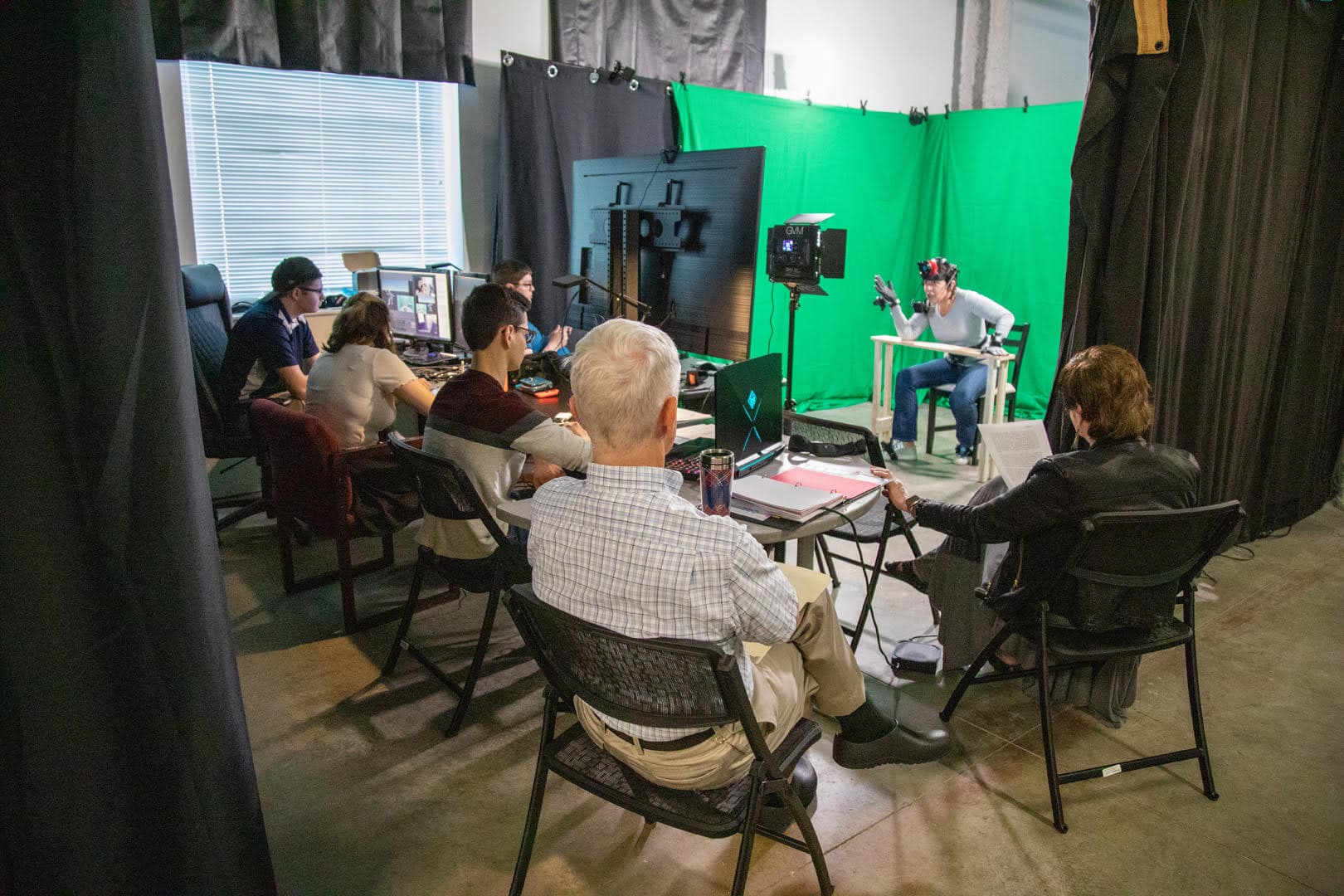Live-tweeting at conferences is growing in popularity, but should there be limits? While at the annual meeting this year, I had the opportunity to talk with bloggers and self-described “Twitterstorians” who expressed concern over the lack of live-tweeting etiquette. Not sure what live-tweeting is or why historians are concerned? Here is a quick rundown of the issue:
- What is live-tweeting? Live-tweeting is a series of focused tweets. In the case of AHA 2013, historians live-tweeted session panels, offering minute-by-minute rundowns on what panelists said and audience questions—all in real-time.
- Why do historians live-tweet? Because it’s fun and easy. We live in an age where many own smart phones and have the ability to promote history on an international platform with just the click of a button.
- What’s the big deal about live-tweeting? Some academics worry about the ethics of putting another scholar’s work into a 140-character format that could easily get misconstrued. Because of the nature of the Twitter platform, each tweet does not necessarily follow in sequential order, making it difficult for the average Twitter follower to read a discussion from start to finish, and all too easy to miss vital context.
 Over the last few months I have read dozens of blog posts from scholars concerned with the implications of live-tweeting for academic conferences. This includes most recently Ryan Cordell’s piece in Chronicle, and Claire Potter’s blog post for Tenured Radical. While the medium adds an exciting new way to participate in scholarly debate during an academic conference, it also poses new questions about professional ethics. We are not necessarily proposing a set of formal guidelines, but since the issue is a matter of concern for some of our members, we want to start a conversation. Below is a series of dos and don’ts that I have collected to begin the conversation.
Over the last few months I have read dozens of blog posts from scholars concerned with the implications of live-tweeting for academic conferences. This includes most recently Ryan Cordell’s piece in Chronicle, and Claire Potter’s blog post for Tenured Radical. While the medium adds an exciting new way to participate in scholarly debate during an academic conference, it also poses new questions about professional ethics. We are not necessarily proposing a set of formal guidelines, but since the issue is a matter of concern for some of our members, we want to start a conversation. Below is a series of dos and don’ts that I have collected to begin the conversation.
Do:
- Listen carefully. If you are going to live-tweet a scholar’s presentation, it is only fair to quote his or her words correctly. Of course, the difficulty is that people talk quickly, especially if they are nervous, but if you are making the decision to put their work on an international platform like Twitter, it is only fair that you make an effort to methodically take notes and get their words right.
- Use #hashtags. If you plan to live-tweet, create and promote an accompanying hashtag. This way your tweets will carry the same tag and users can follow the hashtag as its own distinct conversation, uninterrupted by other unrelated tweets.
- Try Storify. Along the same lines of the hashtag, be sure to Storify any conversation related to the hashtag. Storify allows users to create a timeline of social media interactions (in this case a Twitter conversation). This platform is particularly helpful for adding context to tweets, and organizing them into a single, common thread for users to read.
- ?
- ?
Don’t:
- Insult a panelist or participant. Twitter is a distinct but equally important form of academic debate, and in this vein, Twitter followers should follow the same code of conduct that governs professional conduct. Recognizing the unique format of social media, in late 2012 the AHA publications department produced “Policies on Letters to the Editor and Comments on the AHA Website and Social Media” to help guide scholarly debate online.
- Manipulate the record. One of the many invaluable aspects of Twitter is its ability to document and archive debate in the discipline. Thus, Twitterstorians must be fair and balanced in how they cover a panel and portray a panelist’s argument, regardless of how they feel about the argument being made.
- ?
- ?
You may notice a few question marks in our list. I hope this post will spark Twitterstorians, Facebook followers, and AHA Todayreaders to offer their own dos and don’ts that I can fill in. At the AHA we are deeply interested in hearing how our social media followers feel about this issue, and we hope this post will spark a continuing conversation about how social media not only fits into the intellectual community, but how it enhancesit.
What did we miss? Please tweet or Facebook us at AHAhistorians and help us finish this list!
This post first appeared on AHA Today.



